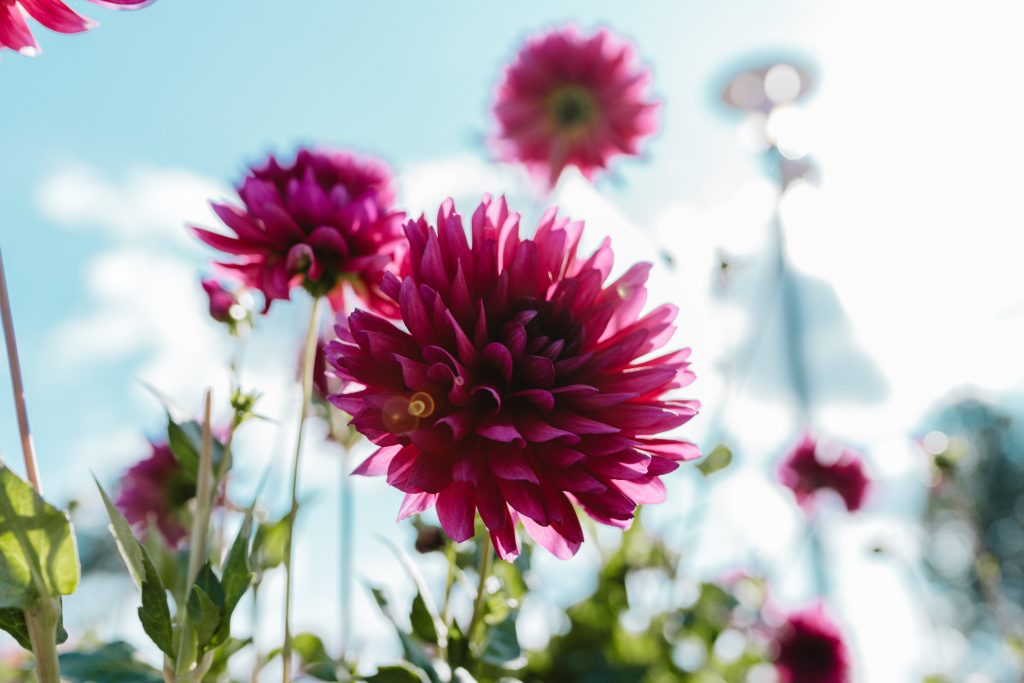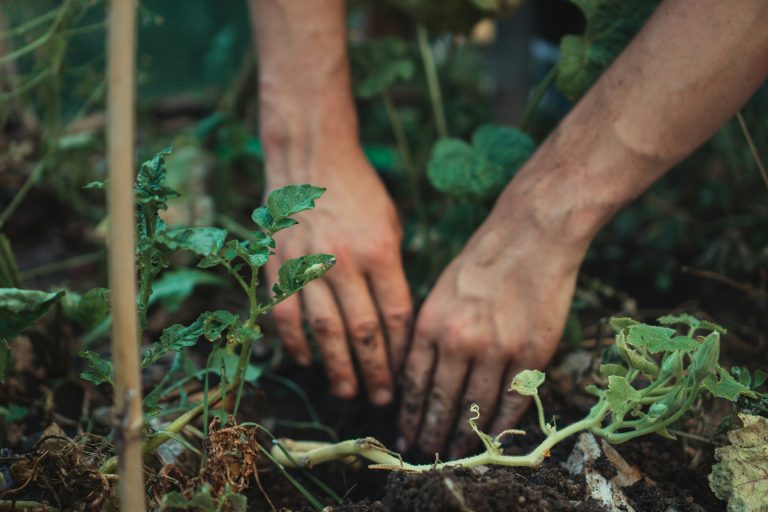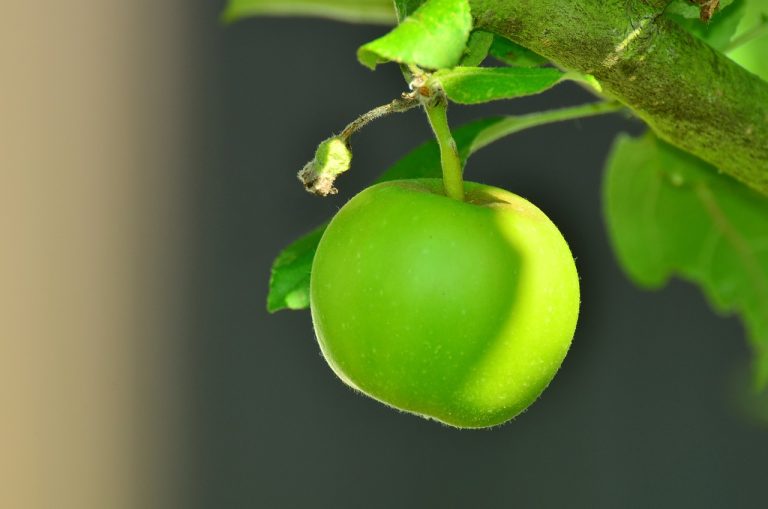Are you interested in starting your own vegetable garden right here in the UK? Well, you’re in luck! This article will provide you with all the essential tips and guidance you need to kickstart your gardening journey. From selecting the right location to choosing the best vegetables to grow, we’ve got you covered. So put on your gardening gloves and get ready to dig in!
Table of Contents
ToggleChoosing a Location
Consider the sun exposure
When choosing a location for your vegetable garden in the UK, it is important to consider the amount of sun exposure the area receives. Most vegetables thrive in full sun, which is defined as receiving at least six hours of direct sunlight per day. Observe your potential garden site throughout the day to determine if it meets this requirement. If your chosen spot is shaded for a significant portion of the day, consider selecting vegetables that tolerate partial shade.
Evaluate the soil quality
Another crucial factor to consider when selecting a location for your vegetable garden is the quality of the soil. The soil should be well-drained, fertile, and rich in organic matter. You can evaluate the soil quality by performing a simple soil test. Dig a small hole and examine the soil texture and structure. Sandy soil tends to drain quickly but may not retain enough moisture, while clay soil can become compacted and poorly drained. Ideally, loam soil, which is a balanced combination of sand, silt, and clay, is the most suitable for vegetable gardening.
Determine the size and layout of your garden
Before starting your vegetable garden, take some time to determine its size and layout. Consider the available space, accessibility, and your personal preferences. Raised beds are a popular option for vegetable gardens as they allow for better soil drainage, easier weed control, and improved moisture retention. Additionally, raised beds can be designed in various shapes and sizes to suit your garden space. Plotting out the dimensions and layout of your garden will help optimize your gardening space and ensure efficient use of resources.
Deciding on Vegetables to Grow
Research UK-friendly vegetables
Choosing the right vegetables to grow in the UK is essential for a successful vegetable garden. Some vegetables thrive in the UK’s cooler temperatures and shorter growing season, while others may struggle to produce. Research UK-friendly vegetables that are well-suited to the local climate and growing conditions. This will increase your chances of a bountiful harvest. Popular options include carrots, lettuce, peas, beans, tomatoes, and potatoes.
Consider your preferences and needs
While researching UK-friendly vegetables, consider your own preferences and needs. Think about the vegetables you and your family enjoy eating the most, as well as any specific dietary requirements or restrictions. This will ensure that your vegetable garden provides you with a variety of homegrown produce that you truly enjoy. Whether you’re a fan of leafy greens, root vegetables, or vibrant peppers, there are plenty of options to choose from.
Take into account space and time constraints
When deciding on the vegetables to grow, take into account the space and time constraints of your garden. Some vegetables, such as sprawling pumpkin vines or tall corn plants, require a larger area to grow. If you have limited space, opt for compact or vertical-growing varieties, such as cherry tomatoes or climbing beans. Additionally, consider the time it takes for each vegetable to mature. If you have a shorter growing season, choose vegetables with shorter maturity times or select varieties that are specifically bred for quicker harvests.
Preparing the Soil
Remove any weeds or grass
Before you can start planting, it is important to prepare the soil properly. Begin by removing any weeds or grass from the vegetable garden area. Weeds can compete with your vegetables for nutrients, water, and sunlight, so it is crucial to eliminate them. Use a spade, garden fork, or a handheld weeding tool to dig up the weeds, ensuring that you remove the entire root system to prevent regrowth.
Test the soil pH
After removing the weeds, it is recommended to test the soil pH. Most vegetables prefer a slightly acidic soil with a pH range of 6.0 to 7.0. You can easily test the soil pH using a home testing kit or by sending a soil sample to a local agricultural extension service. If the pH is outside the ideal range, you can adjust it by adding amendments such as lime to raise the pH or sulfur to lower it.
Improve soil structure and fertility
To ensure optimal plant growth, it is important to improve the structure and fertility of your soil. This can be achieved by adding organic matter, such as well-rotted compost, aged manure, or leaf mold. Organic matter helps to improve soil structure by increasing its ability to retain moisture and nutrients. It also provides essential nutrients for plant growth. Spread a layer of organic matter over the soil surface and then use a garden fork or tiller to mix it into the top few inches of soil.
Creating and Maintaining Raised Beds
Choose the right materials for raised beds
If you decide to create raised beds for your vegetable garden, it is important to choose the right materials. Raised beds can be constructed from various materials, including wood, composite lumber, concrete blocks, or even repurposed items like old tires or galvanized troughs. Consider the durability, cost, and aesthetic appeal of the materials. Ensure that the chosen materials are safe for growing vegetables and resistant to rot, as they will be exposed to soil and moisture for an extended period.
Plan the dimensions and shape of the bed
Before constructing the raised beds, plan out the dimensions and shape of each bed. Take into account the available space and consider the accessibility of the garden for watering, weeding, and harvesting. Ideally, the beds should be no wider than 4 feet, allowing you to reach the center from either side without stepping on the soil. The length of the beds can vary depending on your available space. Rectangular or square-shaped beds are commonly used, but feel free to get creative and experiment with different shapes.
Add layers of soil and organic matter to the bed
Once the raised beds are constructed, it is essential to fill them with a suitable growing medium. Start by adding a layer of cardboard or newspaper at the bottom of the bed to suppress weeds. Then, layer the bed with a mixture of soil and organic matter, such as compost, well-rotted manure, or garden soil. Aim for a depth of at least 6 inches, but up to 12 inches if possible. This will provide ample space for your vegetable roots to grow and access necessary nutrients.
Starting Seeds Indoors
Gather necessary supplies
Starting seeds indoors allows you to get a head start on the growing season and gives you more control over the germination and growth of your vegetables. Before starting seeds indoors, gather all the necessary supplies. This includes seed trays or pots, a good quality seed starting mix, labels for identifying different varieties, a watering can or sprayer, and a tray to catch excess water. Additionally, you may need a heating mat or grow lights to provide the optimal temperature and light conditions.
Follow seed packet instructions
Each type of vegetable seed has specific requirements for germination and growth. It is important to read and follow the instructions provided on the seed packets. These instructions will typically include the recommended time to sow the seeds, the appropriate sowing depth, and the ideal germination temperature. Additionally, the seed packets may provide helpful tips and guidelines for each specific vegetable variety.
Provide proper light and temperature conditions
Seeds require adequate light and temperature conditions to germinate and grow into healthy seedlings. Place your seed trays or pots in a location that receives bright, indirect light. If your seedlings are not receiving enough natural light, consider using grow lights to supplement the light intensity and duration. Additionally, ensure that the temperature remains within the recommended range for each specific vegetable. Using a heating mat or adjusting the room temperature can help maintain optimal conditions for germination.
Direct Sowing Seeds
Choose the appropriate time for each vegetable
Direct sowing involves planting seeds directly into the garden soil, rather than starting them indoors. To determine the appropriate time for direct sowing each vegetable, consult the seed packet or reference a planting guide specific to the UK. Different vegetables have different temperature requirements for successful germination and growth. Some vegetables, like radishes or spinach, can be sown as early as March, while others, like tomatoes or peppers, should be sown later in spring when the soil and air temperatures have warmed up.
Prepare the soil for direct sowing
Before direct sowing the seeds, prepare the garden soil to create an optimal environment for germination and growth. Remove any weeds or debris from the planting area and gently loosen the soil with a garden fork or tiller. This will create a loose, crumbly texture that allows for good seed-to-soil contact and root penetration. If the soil is dry, moisten it gently before sowing the seeds to ensure proper hydration.
Plant seeds at the correct depth and spacing
When direct sowing seeds, it is important to plant them at the correct depth and spacing. Follow the instructions provided on the seed packet to determine the appropriate planting depth for each vegetable. Generally, smaller seeds should be planted shallower, while larger seeds require deeper planting. Additionally, ensure that you leave enough space between each seed to accommodate the size of the mature plant. This will prevent overcrowding and competition for nutrients, light, and water.
Watering Techniques
Water consistently and deeply
Proper watering is essential for the health and productivity of your vegetable garden. Water consistently and deeply to ensure that the roots receive adequate moisture. Shallow watering can lead to shallow root growth and make plants more susceptible to drought stress. When watering, aim to moisten the soil to a depth of at least 6 inches. This encourages the roots to grow deeper, making the plants more resilient during dry periods.
Utilize drip irrigation systems
To make watering more efficient and convenient, consider utilizing a drip irrigation system in your vegetable garden. Drip irrigation delivers water directly to the roots, minimizing water waste from evaporation or runoff. It also helps to prevent water contact with the leaves, reducing the risk of diseases. Drip irrigation systems can be easily installed, and timers can be used to automate watering schedules based on your plants’ needs.
Monitor soil moisture levels
To ensure that your vegetable garden receives the appropriate amount of water, it is important to monitor the soil moisture levels regularly. Stick your finger or a moisture meter into the soil to check its moisture content. If the soil feels dry to the touch, it is time to water. On the other hand, if the soil feels excessively wet, it is better to hold off on watering and allow it to dry out slightly. Understanding the moisture needs of your vegetables will help you establish a watering routine that is beneficial for plant growth.
Fertilizing the Garden
Use organic fertilizers
Fertilizing your vegetable garden is essential for providing the necessary nutrients that plants need to grow strong and produce abundant harvests. Organic fertilizers are a great choice as they are derived from natural sources and promote long-term soil health. Options include compost, well-rotted manure, bone meal, blood meal, and fish emulsion. Organic fertilizers enhance soil fertility, improve nutrient availability, and foster beneficial microbial activity.
Apply fertilizers at the recommended rates
While fertilizing your garden, it is important to apply the fertilizers at the recommended rates. Overfertilization can lead to nutrient imbalances and potentially harm the plants. Read the product labels or consult fertilizer guidelines to determine the appropriate amount of fertilizer for each vegetable. Apply the fertilizers evenly around the base of the plants, taking care to avoid direct contact with the leaves or stems.
Follow a fertilizing schedule
To ensure the consistent supply of nutrients throughout the growing season, it is beneficial to follow a fertilizing schedule. Divide the fertilizer application into multiple sessions, spaced out at regular intervals. Generally, it is recommended to apply a balanced organic fertilizer at the time of planting, followed by additional applications during the growing season. Regular fertilizing will help your vegetable plants thrive and produce optimal yields.
Pest Control Methods
Identify common garden pests in the UK
Pests can pose a significant threat to vegetable gardens, but with proper identification, you can implement effective pest control methods. Familiarize yourself with common garden pests in the UK, such as aphids, slugs, snails, caterpillars, and beetles. Recognizing the pests allows you to take appropriate action to protect your plants before significant damage occurs.
Implement physical barriers or traps
Physical barriers and traps are effective methods for controlling pests in your vegetable garden. Utilize netting or row covers to protect your plants from flying insects like butterflies or birds. Erecting fences or barriers can deter larger pests such as rabbits or deer. Additionally, consider using traps, such as beer traps for slugs and snails, or sticky traps for flying pests. Regularly monitor these traps and dispose of captured pests accordingly.
Utilize environmentally friendly pest control methods
In addition to physical barriers, there are several environmentally friendly pest control methods you can employ. Companion planting, for example, involves planting certain flowers or herbs alongside your vegetables to repel pests or attract beneficial insects that prey on pests. Neem oil, a natural pesticide derived from the neem tree, can also be used to control a variety of garden pests. Regularly inspect your plants for signs of pest infestation, and take early action to prevent the pests from establishing a foothold.
Harvesting and Preserve Produce
Determine harvest times for each vegetable
Knowing when to harvest your vegetables is crucial to ensure optimal flavor and texture. Each vegetable has different indicators to measure its readiness for harvest. Leafy greens, like lettuce or spinach, can be harvested when the outer leaves reach the desired size. Root vegetables, such as carrots or beets, can be gently pulled from the ground when they have reached their mature size. For fruits, like tomatoes or peppers, wait until they have developed the appropriate color and are firm to the touch.
Handle harvested produce carefully
When harvesting your vegetables, handle them with care to avoid any damage. Use clean gardening shears or a knife to cut or gently remove the vegetables from the plant. Be careful not to bruise or crush the produce, as this can shorten their shelf life. Once harvested, promptly store the vegetables in a cool and dry place, taking care to keep them separate to prevent cross-contamination or damage.
Explore different preservation methods
To make the most of your vegetable harvest, consider exploring different preservation methods. Freezing, canning, pickling, and dehydrating are just a few ways to preserve vegetables for future enjoyment. Freezing is a popular method for preserving vegetables’ freshness, while canning allows you to enjoy them year-round. Pickling not only prolongs the shelf life but also adds a tangy flavor, while dehydrating offers a space-saving option for long-term storage. Experiment with different preservation techniques to find the ones that suit your taste and preferences.
Starting a vegetable garden in the UK can be an incredibly rewarding endeavor. By carefully considering your location, choosing the right vegetables, preparing the soil, creating raised beds, starting seeds indoors, direct sowing, implementing proper watering and fertilizing techniques, practicing pest control, and preserving your harvest, you’ll be well on your way to a successful and bountiful vegetable garden. Enjoy the process and the fruits (and vegetables!) of your labor!









